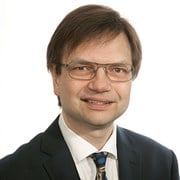Project goals:
- Adding more details to the previously developed proof-of-concept algorithm
- Improve efficiency both by algorithmic and GPU programming techniques
- Include uncertainty in the scheduling of hydropower production
- Provide feasible solutions to the entire planning problem
Graphic processing units (GPUs) have seen an explosive growth in use and performance over the last decade. Industries for gaming, cryptocurrency and artificial intelligence are all powered by these processors. The GoHydro project will pave the way for use of this computational power in optimal use of natural resources in the form of hydropower. Hydropower is the backbone of the Norwegian power system, and a key enabler for integration of new renewable sources like solar and wind.
The energy system is going through a new phase due to climate changes, new intermittent production and political uncertainty. The number of scenarios needed to capture potential future development is larger than ever. This requires the next generation of hydropower optimization tools to handle huge amounts of data. The GPU architecture is perfectly suited for this, and the goal in GoHydro is to provide robust decisions based on a greater awareness of possible scenarios than the tools used today.
There are ongoing large investments in capacity in the Norwegian hydropower system. The framework GoHydro will be built on is aiming at capturing both long-term strategic energy storage and short-term local storage in an optimal way for the energy system. This is a novel task that requires new computational power which will be provided by the GPUs.


